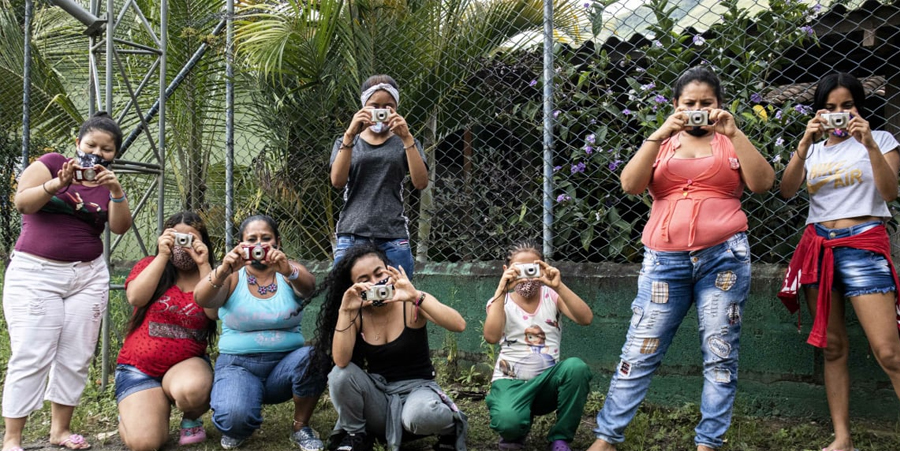Researchers asked people in two villages to photograph examples of justice and coexistence. The results were illuminating.
It’s not easy for most people to think about what peace and justice mean to them, or how to express it. But that’s what we ask people in war-torn communities to do, all around the world.
One place we did this is in Colombia, a country now testing out peace after more than 50 years of war between left-wing guerrillas and right-wing paramilitaries, and government forces.
We asked people in two villages, San José de Urama and Las Cruces in the country’s northwest, to think about what they looked for as signs of justice and coexistence in their communities, what we call “everyday peace indicators.”
Through workshops using a research method called “photovoice,” a group of the villagers chose some of these everyday indicators of justice and coexistence to photograph. They then created and displayed personal and group photo stories as part of an open-air community exhibition.
We found that these communities wanted to use photography not only to document the aftermath of war and violence, but also to actively support peace.
PHOTO STORIES ABOUT JUSTICE AND COEXISTENCE
In San José de Urama, people looking for signs of justice in their community wanted to see armed groups and the government telling the truth about the war, and former guerrillas building families. They wanted to see the truth bringing peace of mind, rest, and reparations for the victims, and an end to the violence.
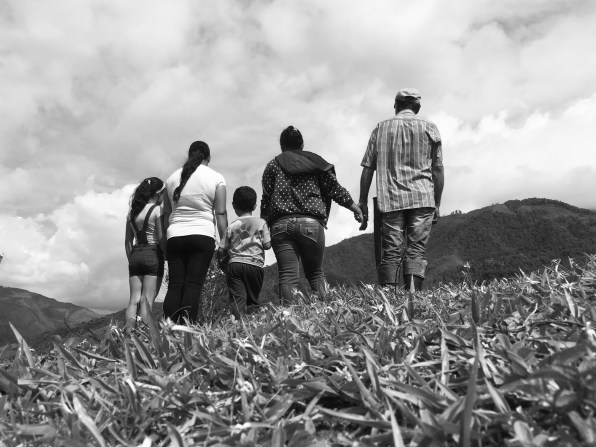
For Francy Yulieth Manco Ferraro, an 18-year-old photographer from San José de Urama, a key element of coexistence in her community is the opportunity to be out of her house at any time. About this photo, she wrote, “In a world full of doubt and uncertainty, we can be calm in the knowledge that, when we go out to the streets or to our land, we will not hear the terrifying sound of guns; we will be able to go out freely, to work our land, to harvest our harvest, without fear.”
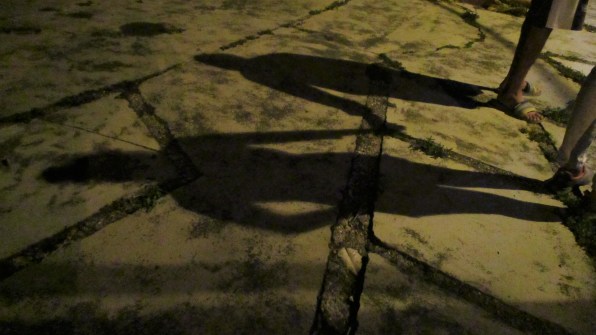
Some photographers, such as Leidi Johana Agudelo Higuita, used their work to pay homage to older members of the community who had survived through the years of the conflict, and kept their communities alive.

In Las Cruces, three generations of the same family, a grandmother, mother, and daughter, participated in the photography workshops together. The mother, Yenifer Yuliana Higuita Bedoya, emphasized the importance of family togetherness.
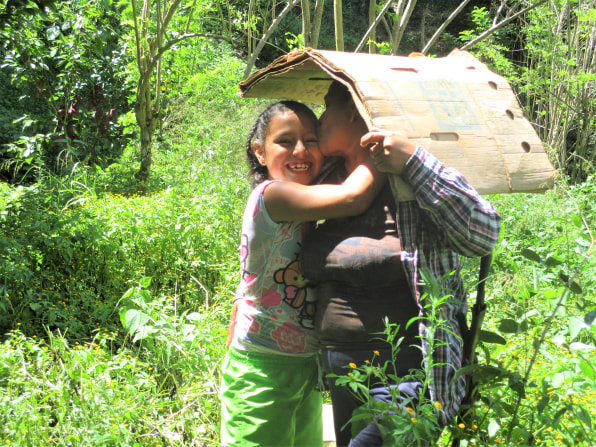
Another photographer, 15-year-old Yuliana Andrea David Hidalgo, drew attention to the importance of children being able to play free from fear. She explains her photograph: “Before, when you heard gunshots, everyone would run to hide under the bed or in some safe place in the house, and now kids hide under the bed or in safe places because they’re playing hide-and-seek.”
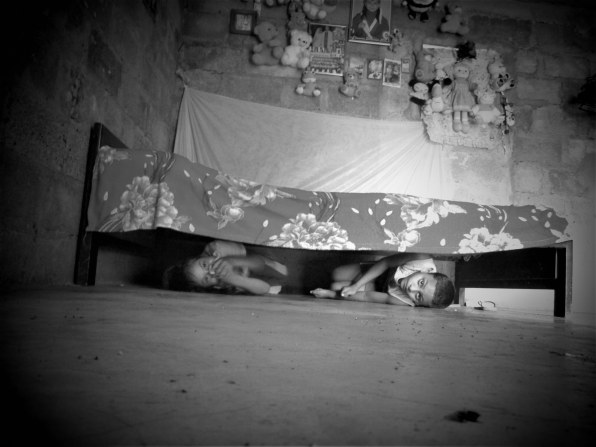
Paula Andrea Pino Sarrazola, a photographer from San José de Urama, highlighted the importance of collective work in their mountain farming culture. “‘You need one hand to wash the other, and both to wash the face’ is a saying that grandparents say,” she explained. “That’s what a minga is. When people don’t have the money to pay day laborers, they ask others to help them, and then the favor is repaid. In this way, a lot of farms and businesses have been saved from bankruptcy. A minga—or collective work group—saves lives and land, and protects democracy, justice, and peace.”
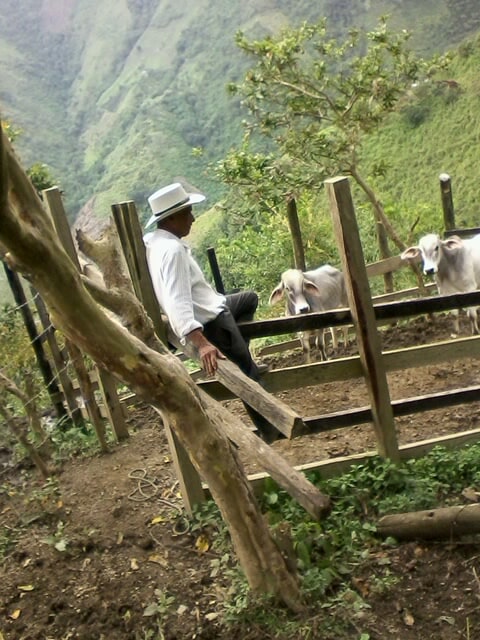
Other indicators about coexistence included people treating street animals well, and the government maintaining the roads.
…
This article first appeared in www.fastcompany.com
Seeking to build and grow your brand using the force of consumer insight, strategic foresight, creative disruption and technology prowess? Talk to us at +971 50 6254340 or mail: engage@groupisd.com or visit www.groupisd.com/story

